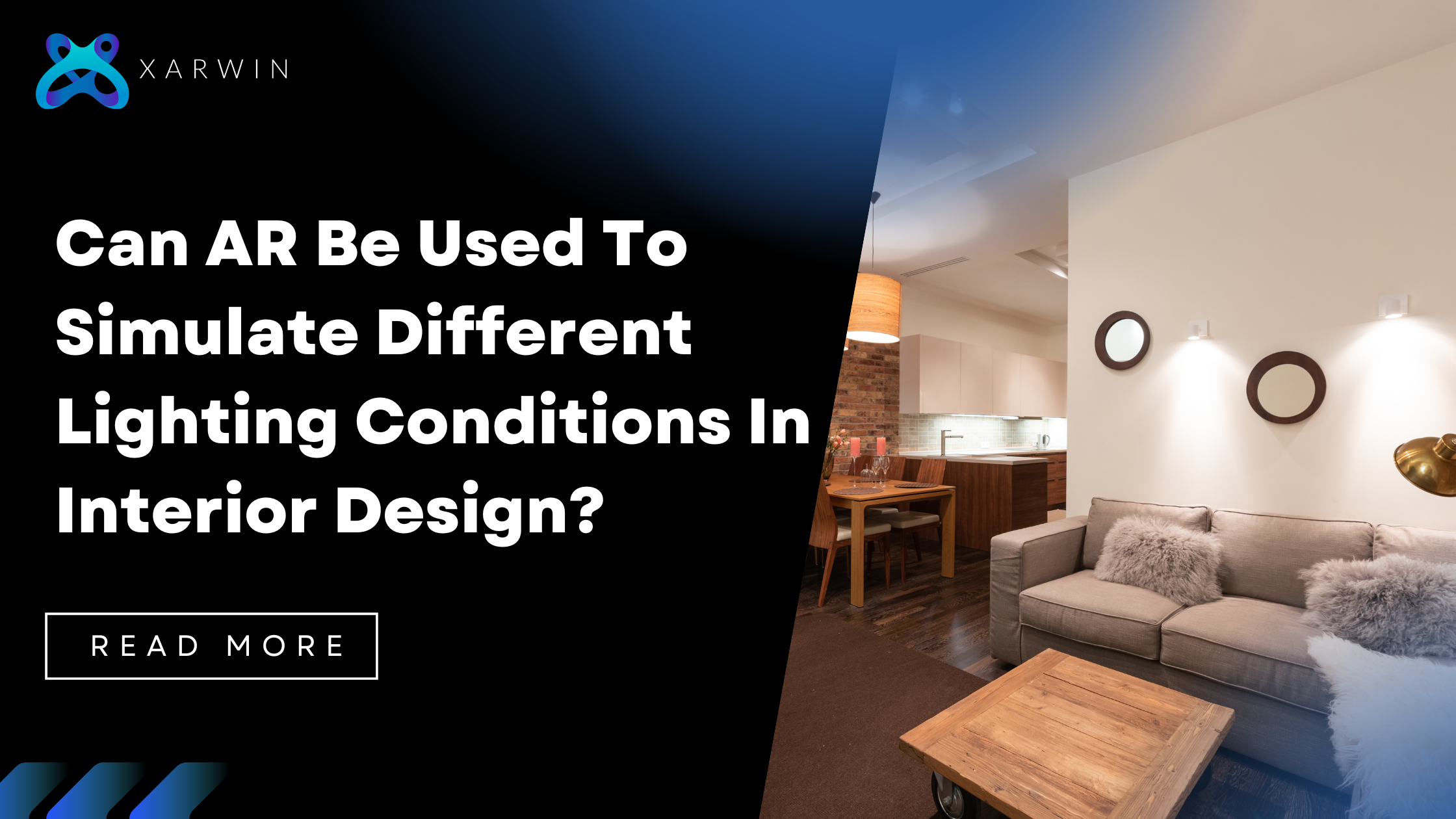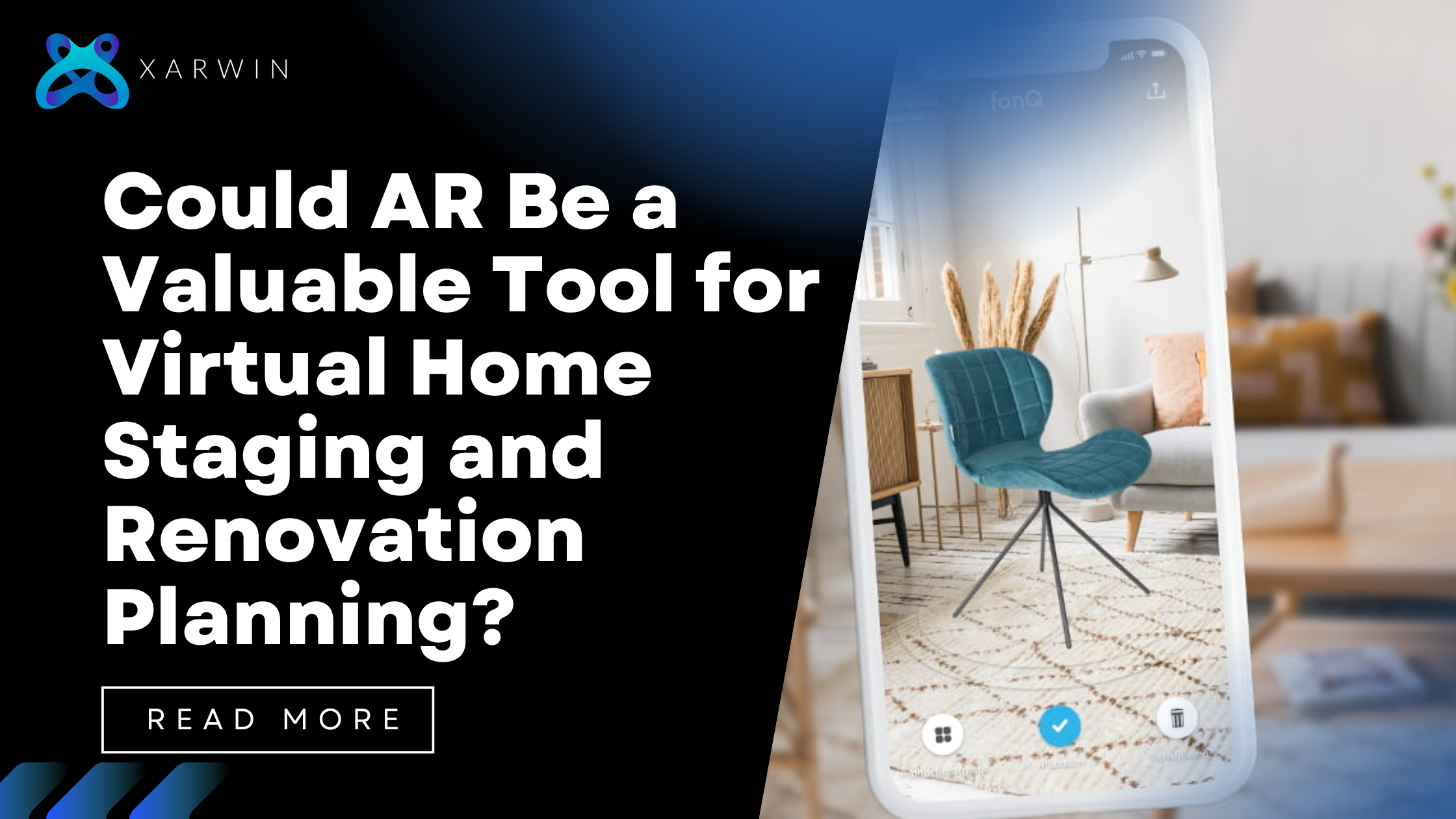Now, imagine a superhero tool that can change the game. That’s where Augmented Reality (AR) steps in. AR isn’t just tech magic; it’s like having a wizard’s wand for designers. It helps them see and play with different lighting ideas in a whole new way, making the design process much cooler and smarter.
That’s why this blog is all about how AR has upturned the world of interior design, particularly experimenting with light. And, of course how this tech wizardry allows designers to turn their concepts into worlds lit by light and shadow. That’s what we want to look at now. Want to jump in and explore the magical world where creativity meets technology? Let’s jump on this roller-coaster and find out how to turn design dreams into reality.
The Role of Lighting in Interior Design:
Before diving into the AR applications, it’s essential to understand the pivotal role lighting plays in interior design. Lighting not only illuminates a space but also influences the perception of colours, shapes, and dimensions. It sets the mood, enhances functionality, and highlights key design elements. Whether natural or artificial, the quality and intensity of light can transform a room from cosy to vibrant, intimate to expansive.
Now, when it comes to AR applications, incorporating lighting into the mix can take things up a notch. By simulating different lighting conditions, AR can give us a more realistic and immersive experience of what a space would look like. This can be especially helpful for homeowners and designers who want to experiment with different lighting options before making any final decisions. It’s like having a virtual lighting showroom right at your fingertips!
Challenges in Traditional Approaches:
In the past, designers have had a hard time creating a realistic picture of how different lighting would look in their designs. Models and pictures can only show so much and can’t capture the way light changes over time. This can cause unexpected problems later in the project, which need to be fixed.
Augmented Reality for Interior Lighting:
The barriers that once existed in interior lighting design are now being broken down by AR technology. With its dynamic and immersive platform, designers can now see what a room will look like in different lighting conditions at any time. Using AR-enabled devices such as smartphones or tablets, designers can put virtual lighting elements onto physical space and experience a tastefully life-like view.
Applications of AR in Simulating Lighting Conditions:
1. Natural Light Simulation:
With AR, designers can reproduce the changing light patterns of nature during the day. They can see how sunlight streams in through windows casting shadows and creating all kinds of light and dark interplay. This leads to a better arrangement and choice of window treatments.
2. Artificial Lighting Design:
Using the myriad of artificial light sources available–which range from different kinds of fixtures to varying intensities and colour temperatures–designers can experiment. This helps in deciding which kind of lighting best suits a given space for different activities like task-oriented lights in work areas or ambient light to create an inviting atmosphere.
3. Color Temperature Exploration:
AR helps to demonstrate the effect of different colour temperatures (warm, neutral, cool) on how surfaces and objects are perceived within a room. Designers can adjust the lighting to create whatever atmosphere and color balance they want.
4. Shadow Analysis:
Shadows do much to create a sense of depth and interest. By providing designers the ability to analyze and manipulate virtual shadows, AR software can help them place light sources accurately to achieve both aesthetic effects as well as usable lighting.
Benefits of AR in Interior Lighting Design:
1. Realistic Previews:
For the interior design world, seeing is believing. Design visualization is taken to the next level by Augmented Reality (AR), which allows designers to have a glimpse into the future. Picture this: designers can have different lights virtually placed in a room and see how it will look in reality. This means fewer surprises and changes later on, saving time and money.
For example, designers can use AR to virtually place pendant lights in a dining room, ensuring a perfect match with the decor before any physical installations.
2. Iterative Design Process:
Designers are always experimenting, and AR allows them to do just that. Just like a playground for light! But with AR, designers can experiment with all they want with lighting ideas and change things on the fly. There is no fixed formula—AR encourages designers to go wild, experiment and try all kinds of lighting cocktails until they get the right one for each space.
With AR, designers can experiment with various bedroom lighting schemes on the fly, finding the ideal combination of warmth and style.
3. Client Engagement:
Have you ever wanted to enter your designer’s world? AR makes it possible. In design presentations, the designer will take clients into a world he has created. It’s about experiencing the design in person, not just looking at photos. In this way, clients become involved in the decision-making process. The design they get is one that they want for themselves.
Clients can wear AR glasses to step into a digital space, actively participating in choosing the lighting that suits their tastes.
4. Efficient Decision-Making:
In the design world, time is money. AR saves time in decision-making because designers can see at a glance how different lights look working in the space. There’s this superpower to pick the best choice in no time. This not only saves time but ensures projects are on track and within budget. AR allows designers to make smart decisions without the usual guesswork.
A designer can quickly pick the optimal lighting for any commercial project by using AR to visualize different options in the actual space, saving time and ensuring cost-effective choices.
Conclusion:
With AR, designers can experiment with different lighting options, color schemes, and furniture arrangements in real-time. This can help clients make more easy decisions about the design and avoid costly mistakes. For example, clients can see how a specific color scheme will look in their space before committing to it. This helps ensure that the final design meets their expectations and avoids the need for expensive redesigns.
Overall, the use of AR in interior design is transforming the way we approach and experience interior spaces. It is making the design process more efficient, creative, and effective, while also ensuring that the final product meets the desired aesthetic and functional goals.
As a trailblazer in augmented reality (AR), Xarwin combines innovation with a user-centric approach to redefine industry standards. Its team of expert engineers, designers, and strategists excels in crafting immersive AR experiences across various sectors. With each project, the company not only meets current demands but also shapes future trends, establishing itself as a leading force in the AR landscape.





